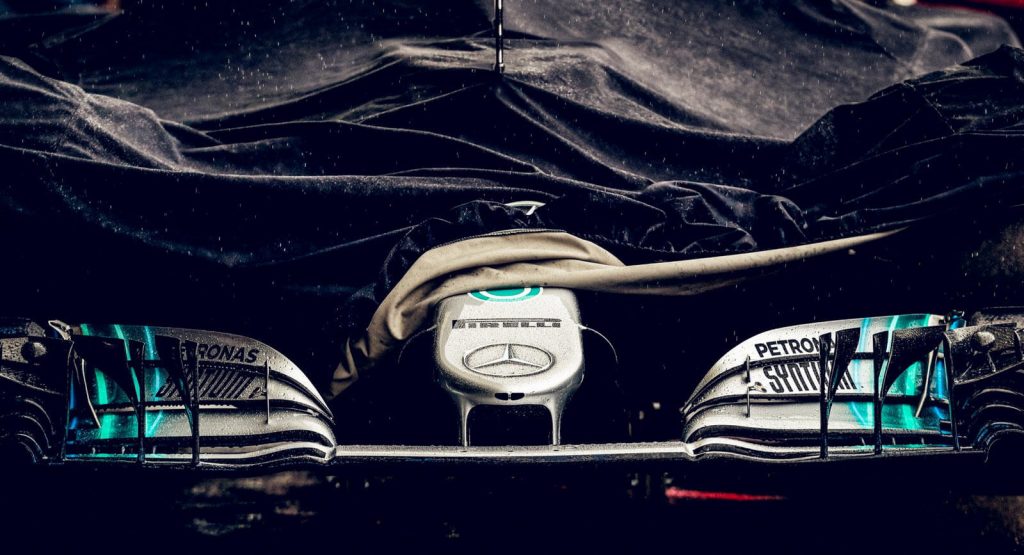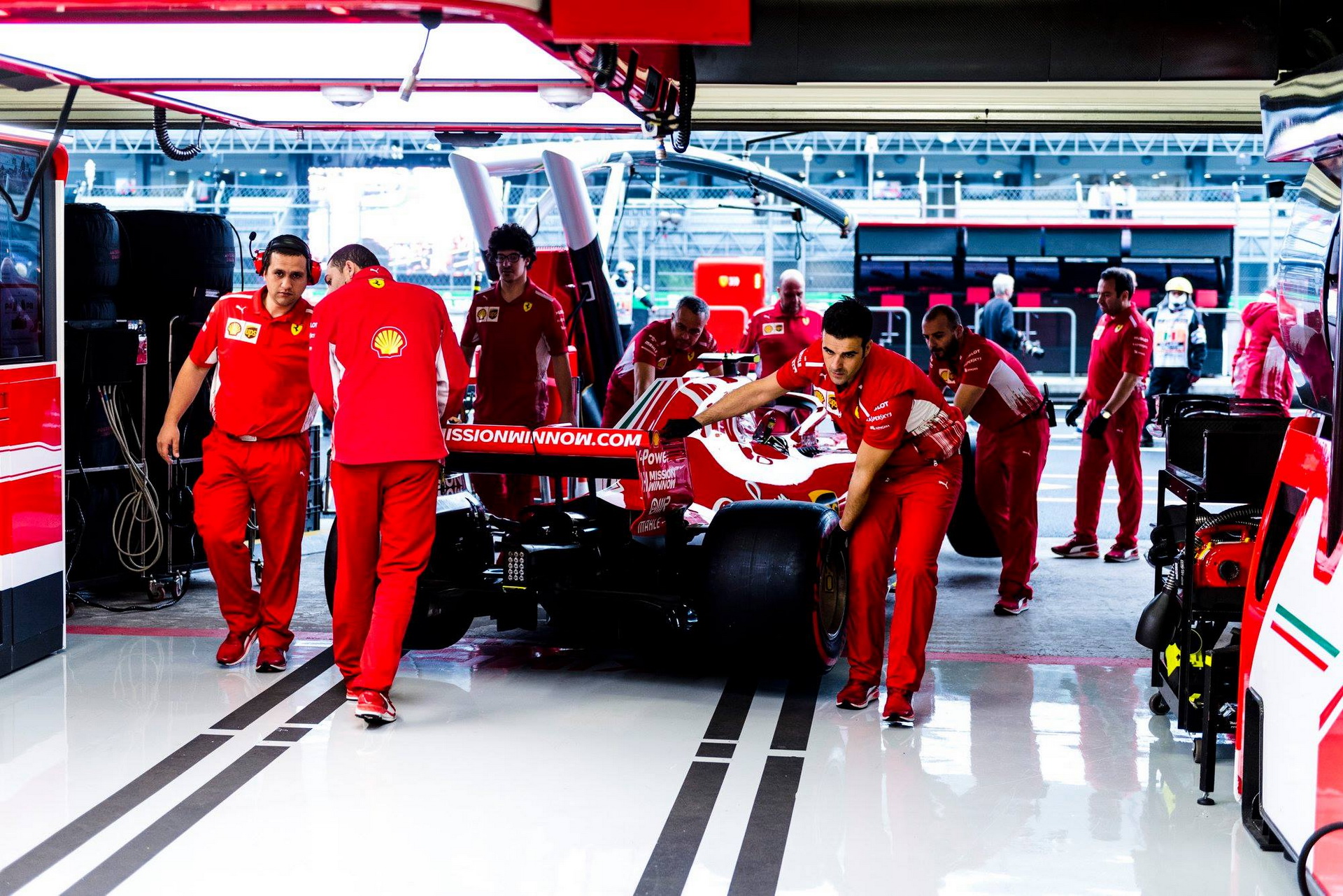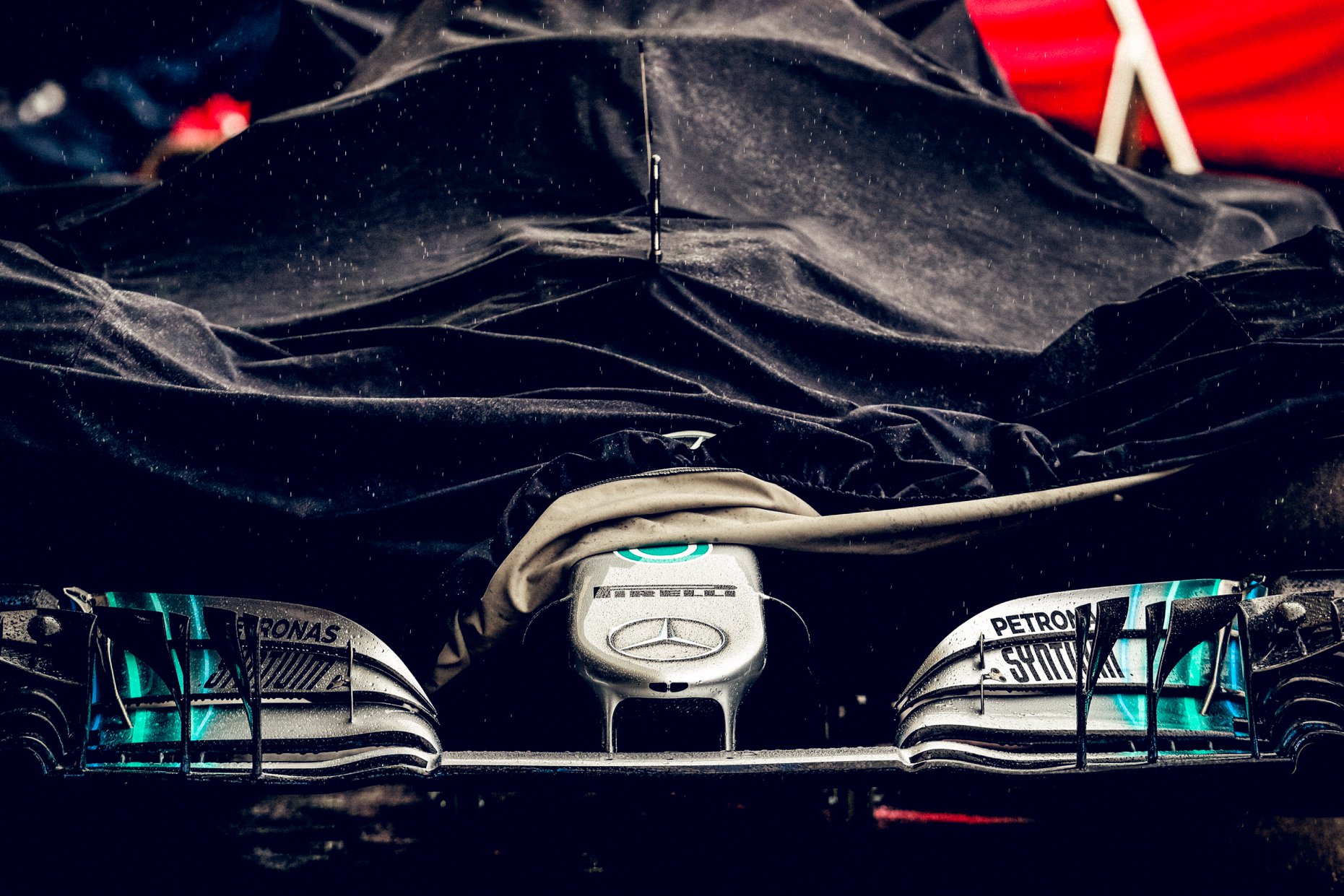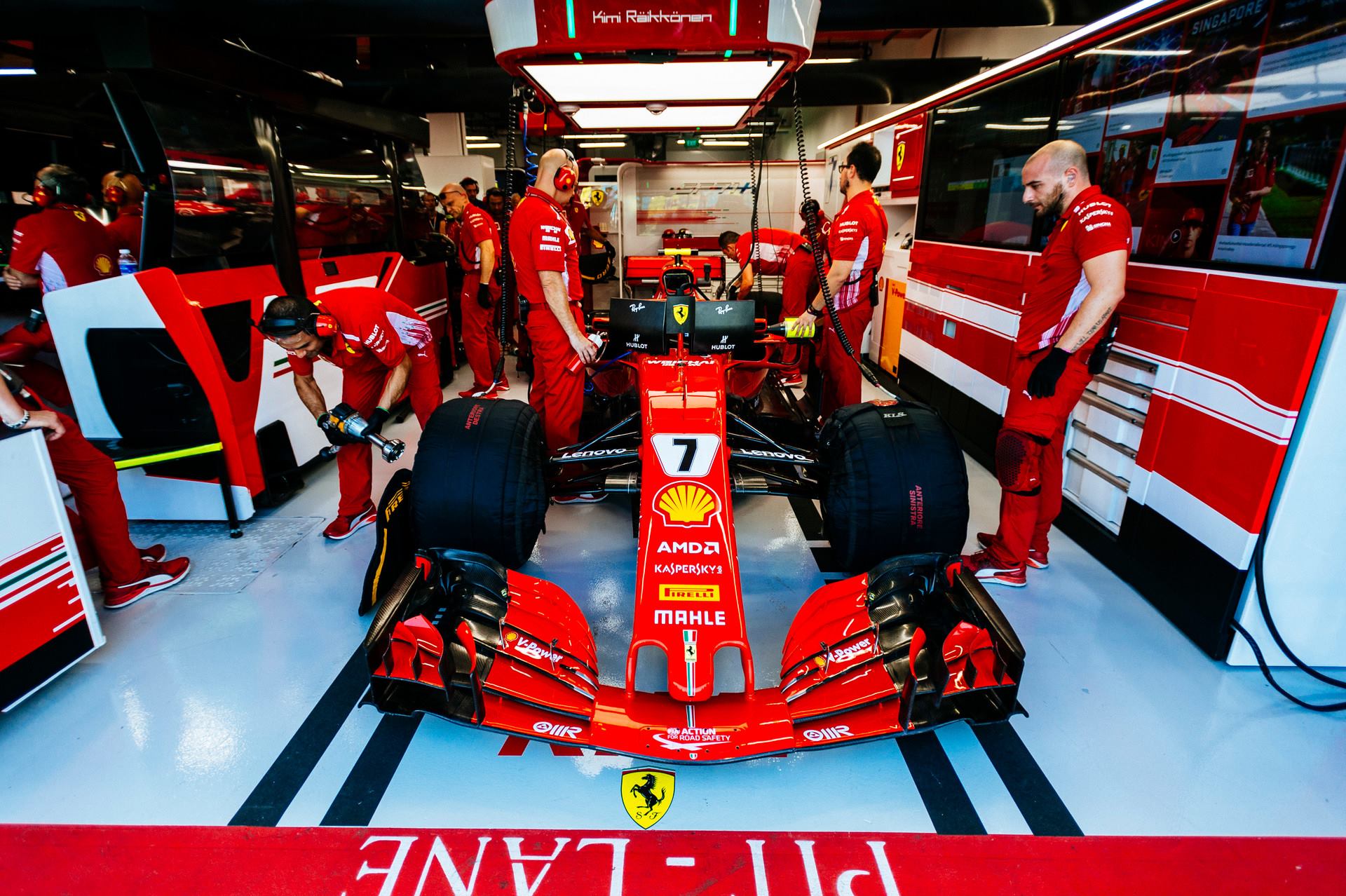Even though the 2021 rules overhaul will be a lot more significant, next year’s changes should also make racing more exciting, as they’re focused on aerodynamic factors such as the front and rear wings, brake ducts and bargeboards.
The goal, reports Autosport, is to simplify the aerodynamic profile of certain parts of the cars so that it becomes easier for drivers to closely follow the car ahead and overtake.
“Once again we saw in Brazil that when the performance level of two cars are more or less the same, then overtaking is almost impossible,” said F1 sporting boss Ross Brawn. “That raises the question as to how to make it easier to make a move on the car in front.”
“During 2018, we have made significant progress in defining next year’s technical regulations, especially regarding the key area that is the front wing and in the last few weeks, we have worked out the fine details.”
The F1 exec also pointed out that next year’s changes are just the beginning of a longer process, although F1 racing should already be more exciting come 2019.
“Our simulation work and from what the teams, with which we have worked closely on this, tell us [is that] the effects are tangible, even though we are well aware that the real proof will only come next March in the Australian Grand Prix.”
“This year, Formula 1 produced some really exciting racing, I’m thinking immediately of Baku, Shanghai, Silverstone and Mexico City and there is every sign that there will be more of the same next year.”
The 2019 Formula 1 season will begin on March 17th in Australia and finish on December 1st in Abu Dhabi.






